
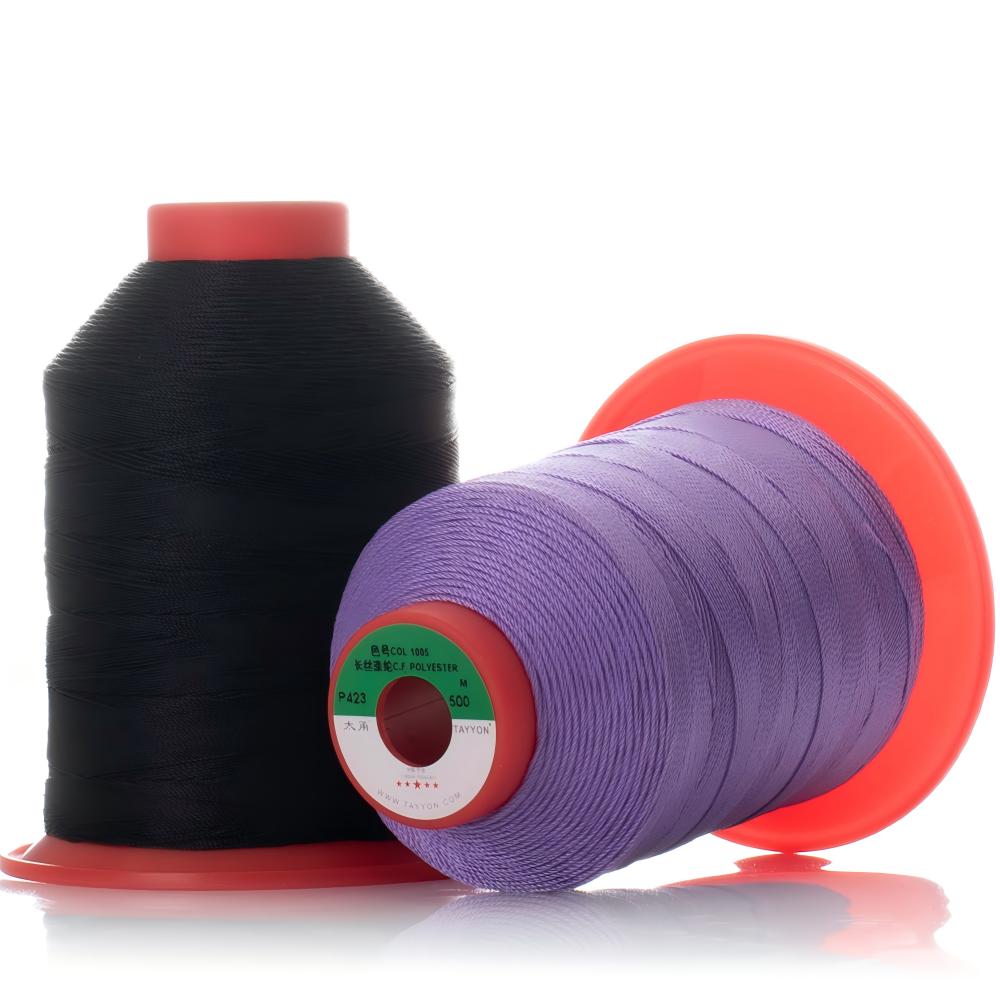
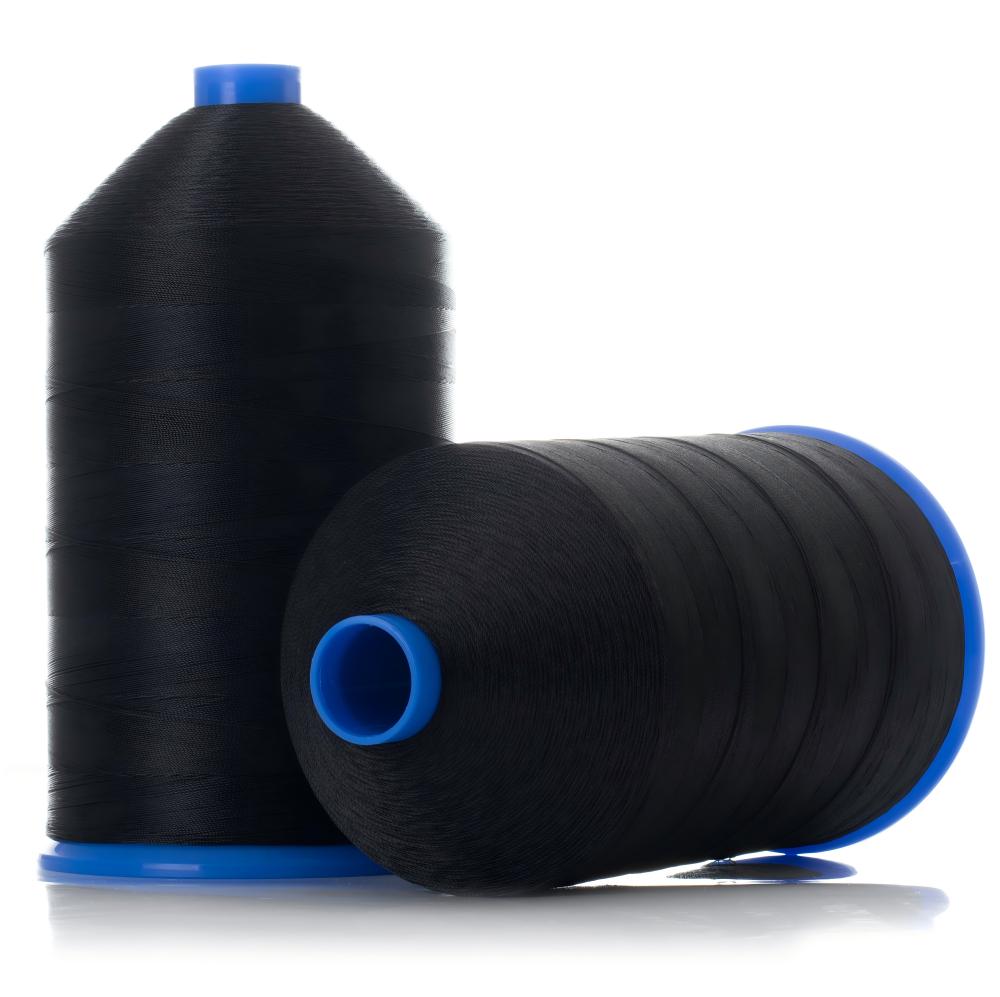
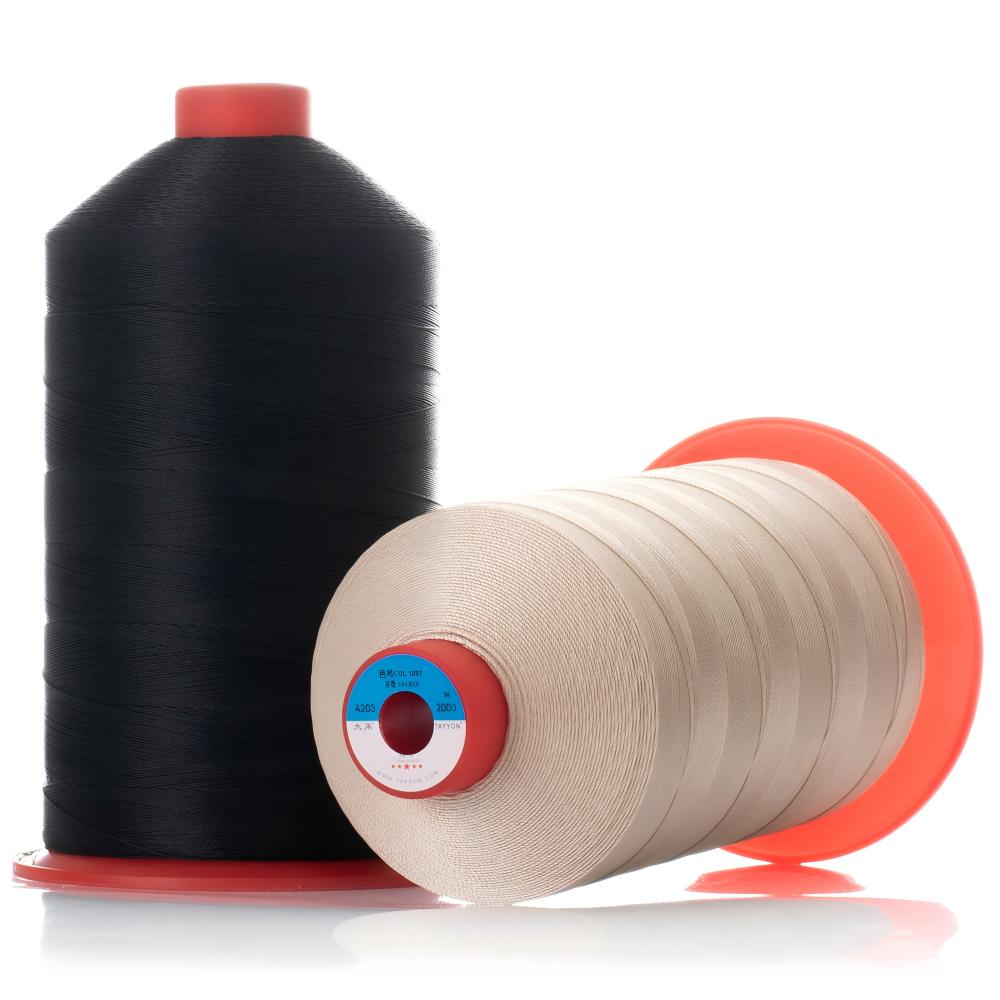
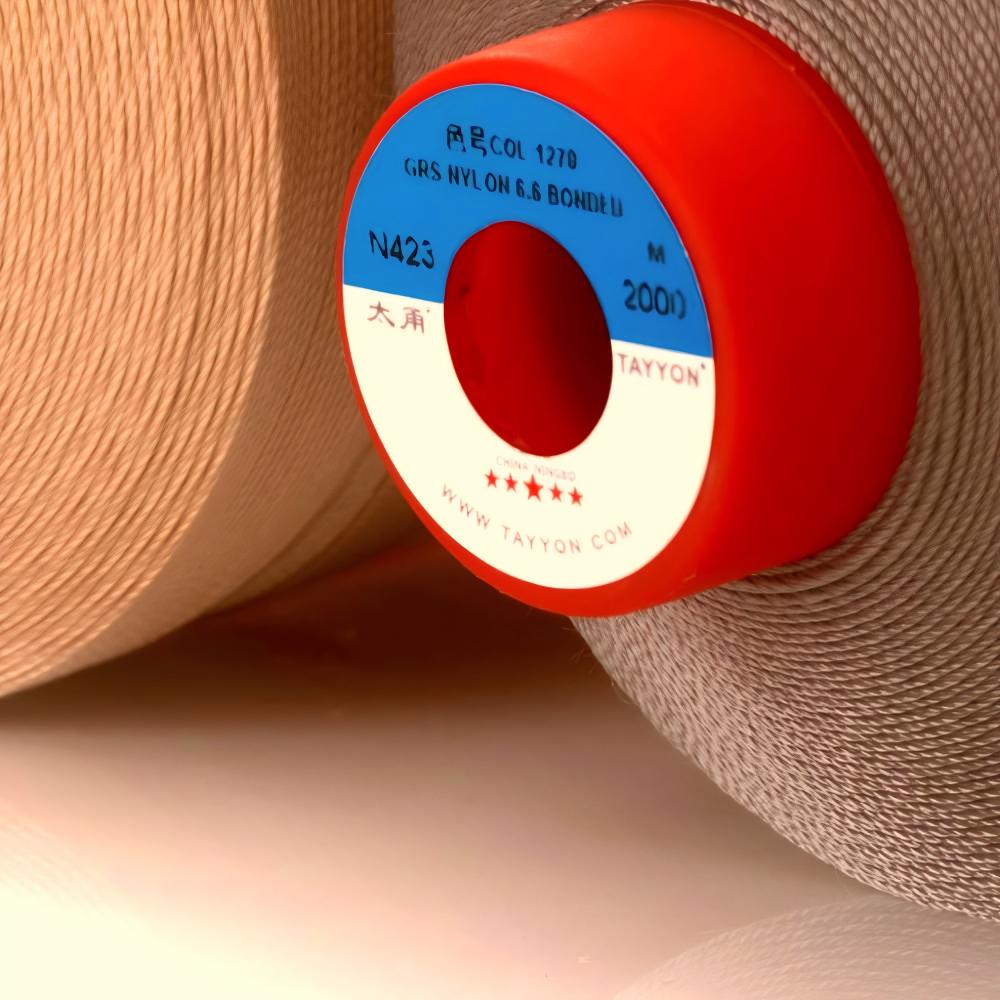
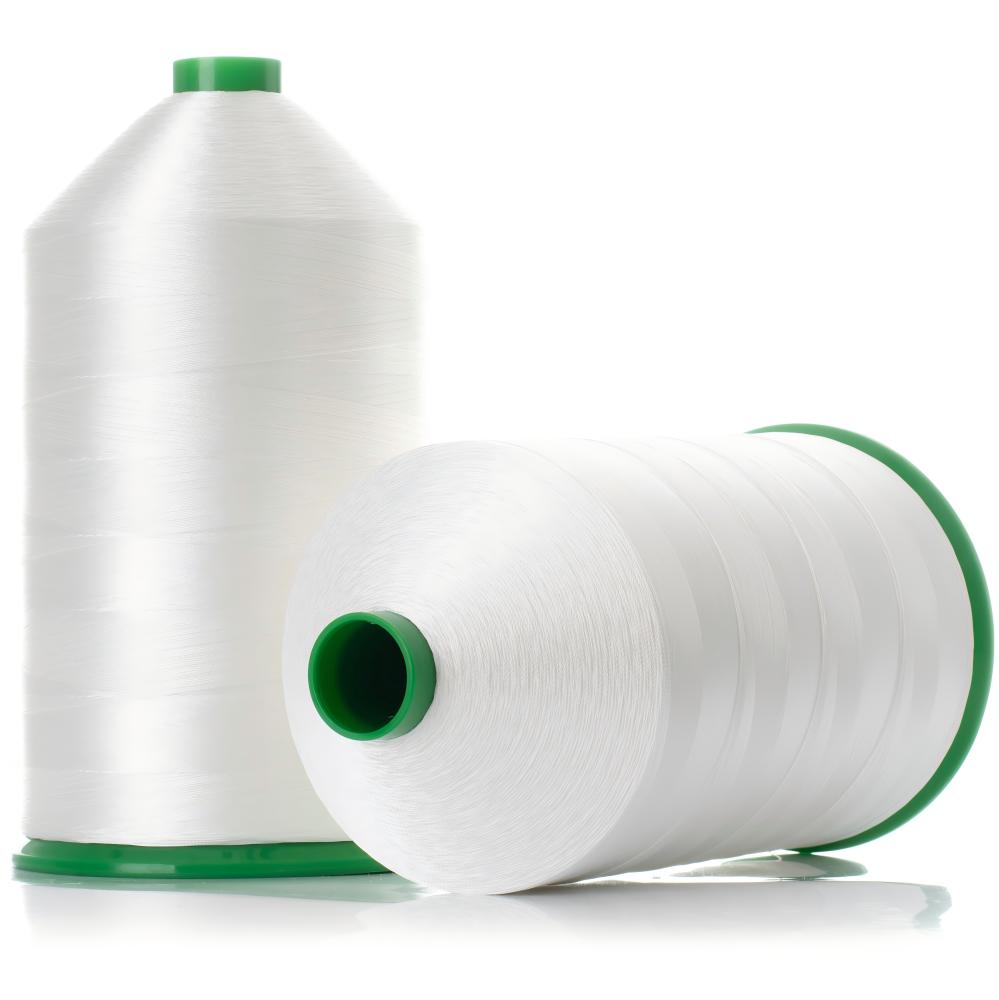
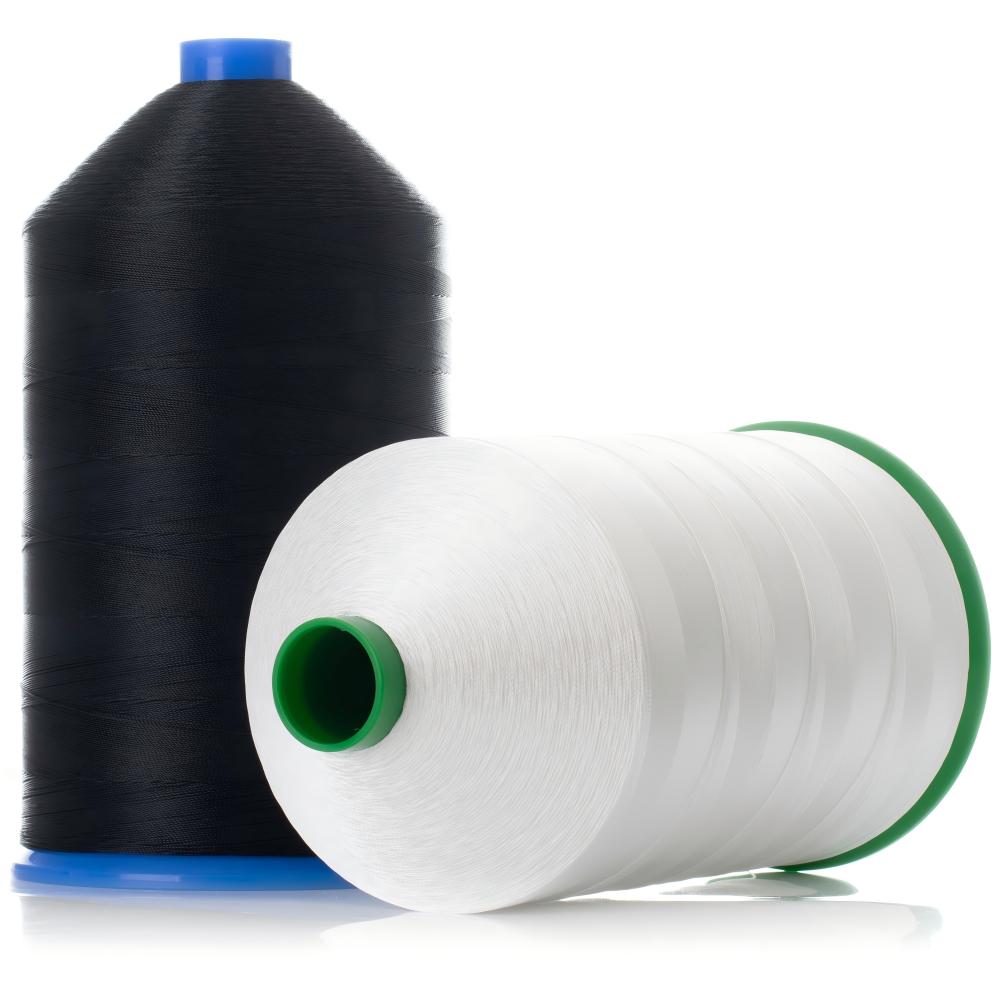
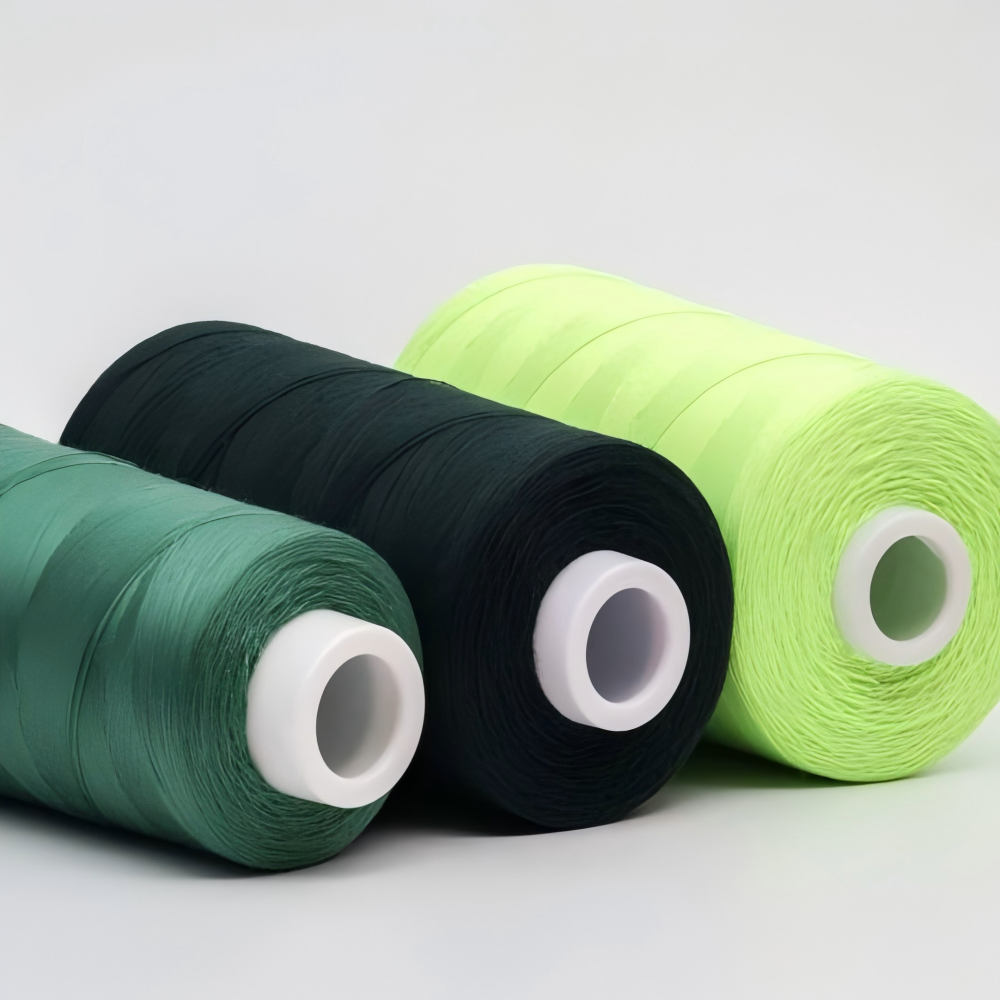
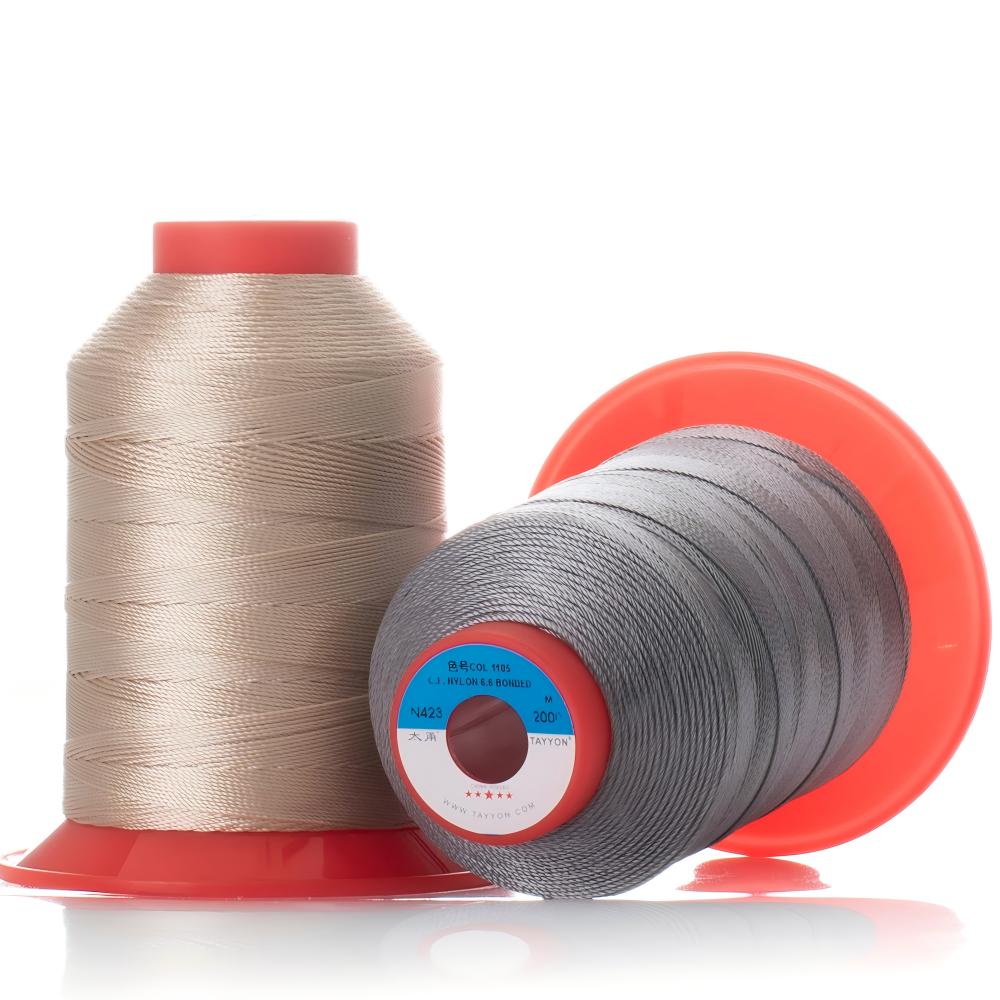
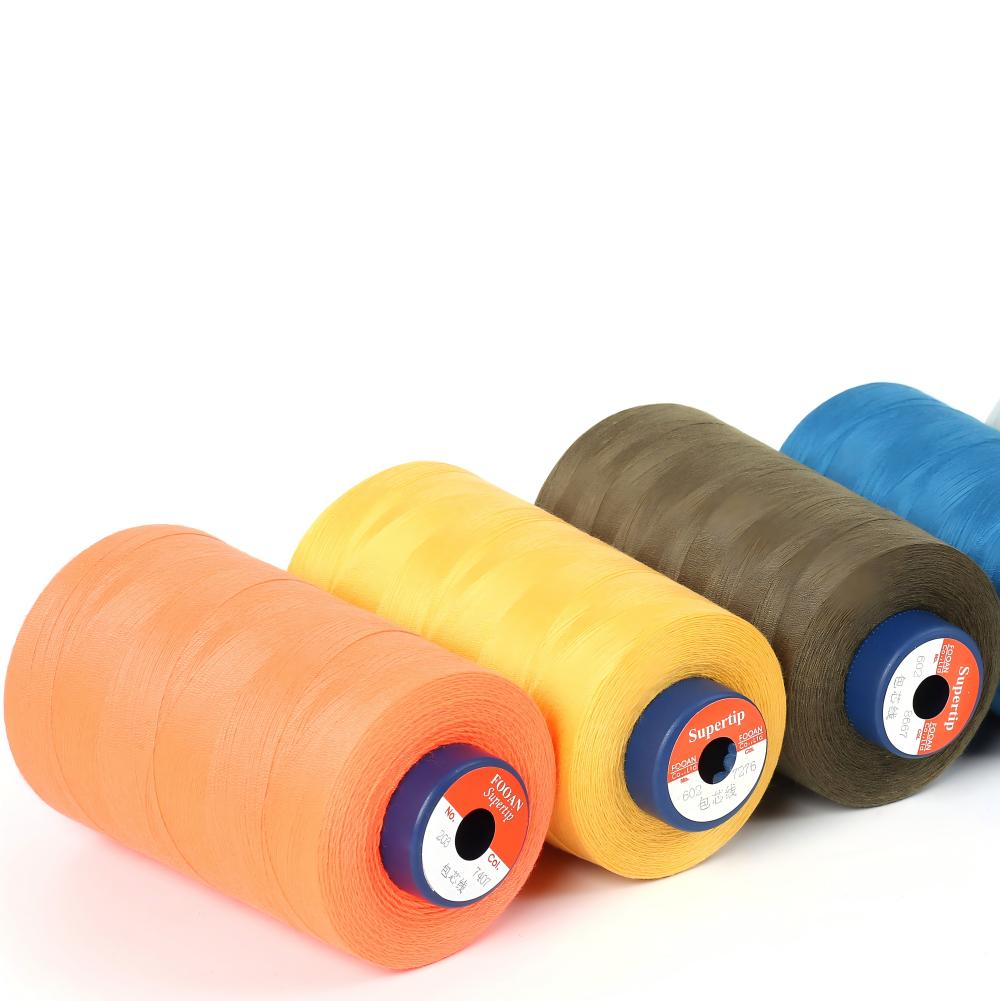
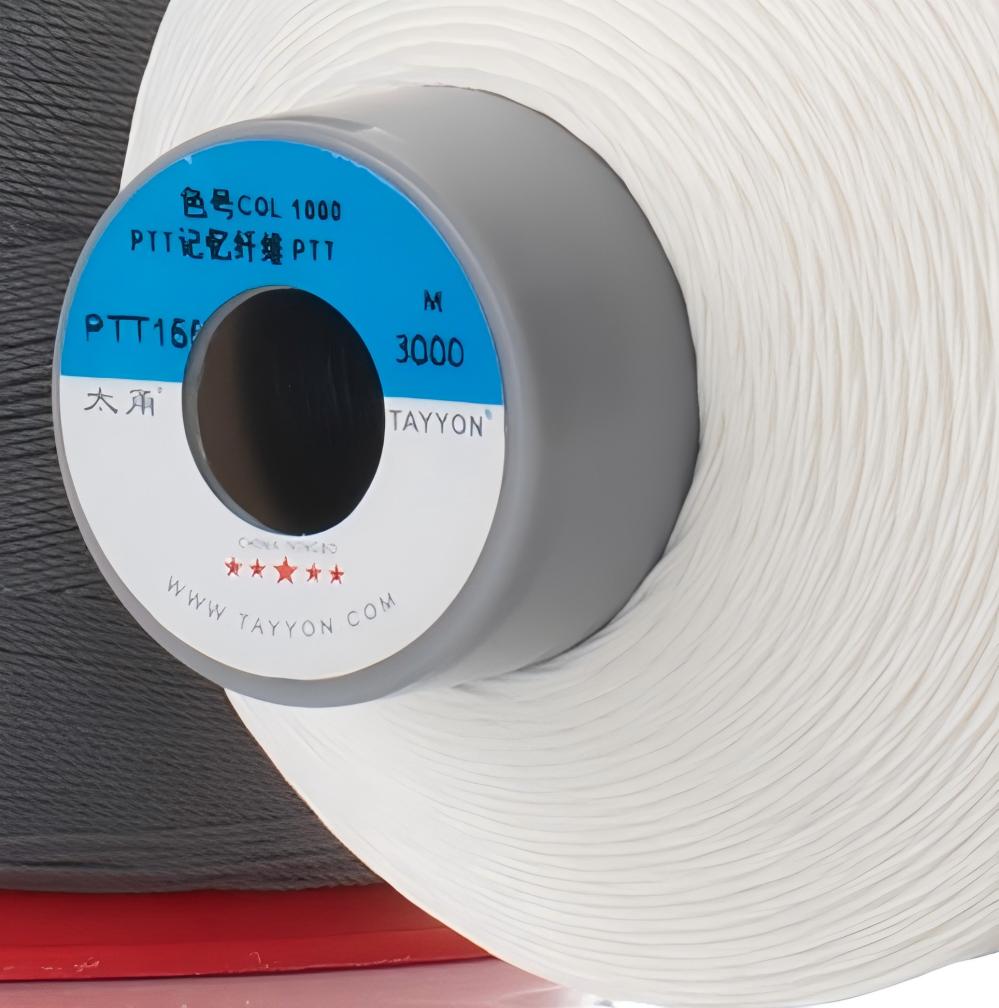
 Tel
Tel Email
EmailWhat Is the Better Lubrication for High Strength Polyester and Nylon 66 Sewing Thread
Release time:2025-04-10 Click:770After polyester sewing thread and bonded nylon 66 thread are manufactured, post-processing is often required to meet specific requirements, for this, lubricant finishing (oiling) is a critical step. The selection of high-quality lubricants significantly impacts the thread's lubrication. Currently, silicone wax-based lubricants are considered the finest sewing thread lubricants available on the market.
Sewing thread oiling can be categorized into two methods: immersion and contact.
| For the immersion method, suitable lubricants include | For the contact method, options include |
| Cationic hydroxy silicone oil emulsion | Thread silicone oil ("thread oil") |
| Silicone wax aqueous emulsion | 201 methyl silicone oil |
| Anhydrous silicone wax emulsion |
The performance of these products ranks from lowest to highest as listed above. However, quality variations exist even among the same product type from different manufacturers. For example:
● A well-prepared silicone wax aqueous emulsion via immersion can fully adsorb onto the thread, leaving only clean water behind—pollution-free and easy to clean.
● Domestic 201 methyl silicone oil (contact method) underperforms compared to imported versions.
Why Are Silicone Wax Lubricants Superior?
Silicone wax—a hybrid of silicone oil and wax—addresses key limitations of pure silicone oil. While silicone oil tends to penetrate the thread’s porous structure (reducing surface lubrication), the wax component remains on the surface, enhancing lubrication. Historically, manufacturers compensated by increasing oil application, but this raised costs, created cleaning challenges, and caused issues like oil bleed during ironing (e.g., contaminating embroidery).
Silicone wax resolves these problems:
● Heat Resistance: Silicone withstands high temperatures (critical given modern sewing speeds: 5,000 SPM domestically, 7,000–9,000 SPM internationally). Pure wax carbonizes under heat, clogging needle eyes and causing thread breaks. Silicone’s heat resistance and self-cleaning properties prevent residue buildup.
● Tailored Formulations: Silicone wax can incorporate additives like antistatic or softening agents, enhancing thread performance beyond lubrication.
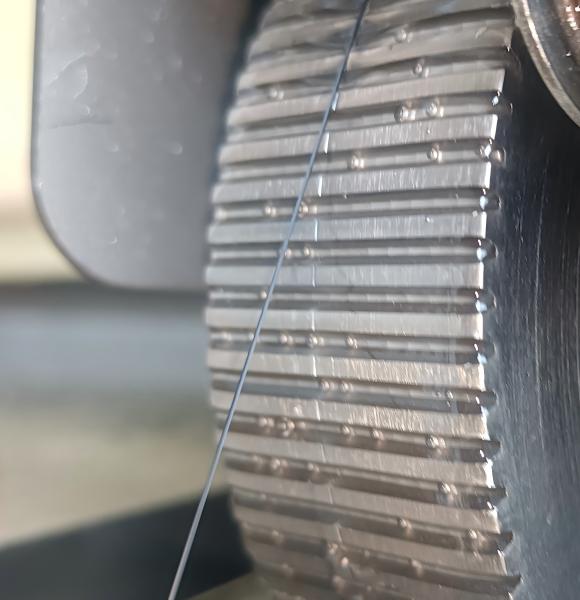
Why Not Use Pure Wax?
While wax-based products (e.g., wax rings, thread oil blends) suffice for low-demand applications, they fail in high-speed sewing due to heat sensitivity.
Advantages of Silicone Wax Lubricants:
Exceptional Lubrication: Enables sewing speeds exceeding 7,000 SPM.
Antistatic Properties: Improve thread cohesion (critical for multi-ply threads).
Low Dynamic/Static Friction Difference: Reduces needle vibration, ensuring smooth, even stitches.
Reduced Oil Usage: Lowers production costs while maintaining performance.
![]() Lubrication of Sewing Thread Silicone Wax Filament Polyester Sewing Thread Bonded Nylon 6,6 Thread
Lubrication of Sewing Thread Silicone Wax Filament Polyester Sewing Thread Bonded Nylon 6,6 Thread
Ningbo Tayyon Thread Co., Ltd.
 Beicun, Dongwu Town, Yinzhou District, Ningbo City, Zhejiang Province, China
Beicun, Dongwu Town, Yinzhou District, Ningbo City, Zhejiang Province, China
 Tel./Fax: 0086-574-88381625
Tel./Fax: 0086-574-88381625
 Email: info@tayyon.com
Email: info@tayyon.com